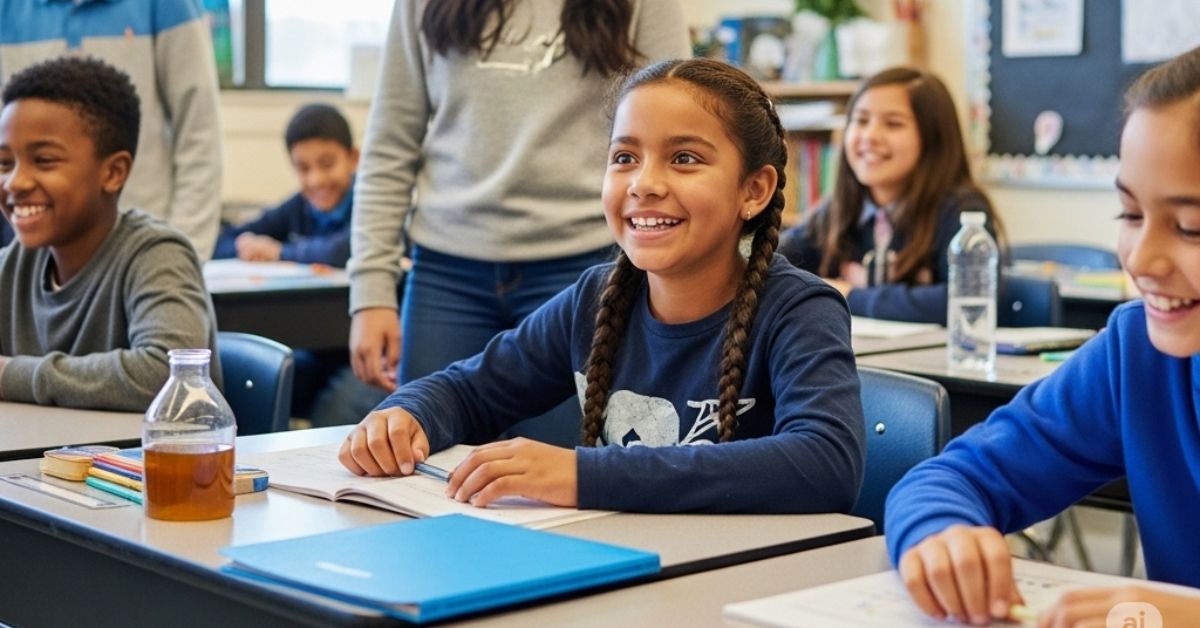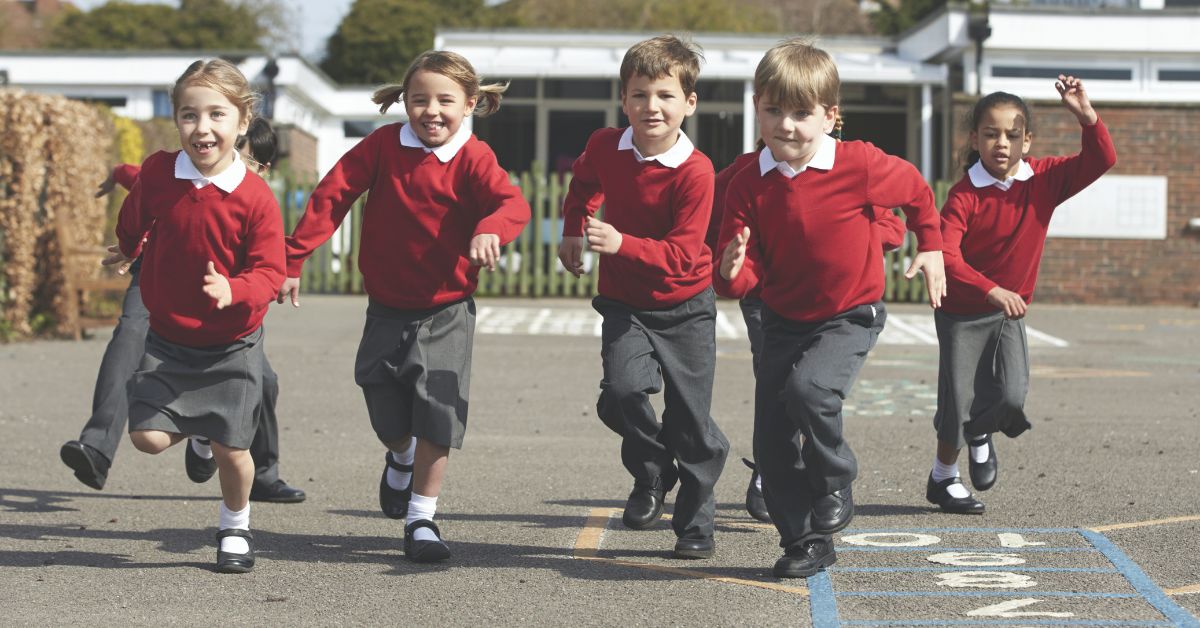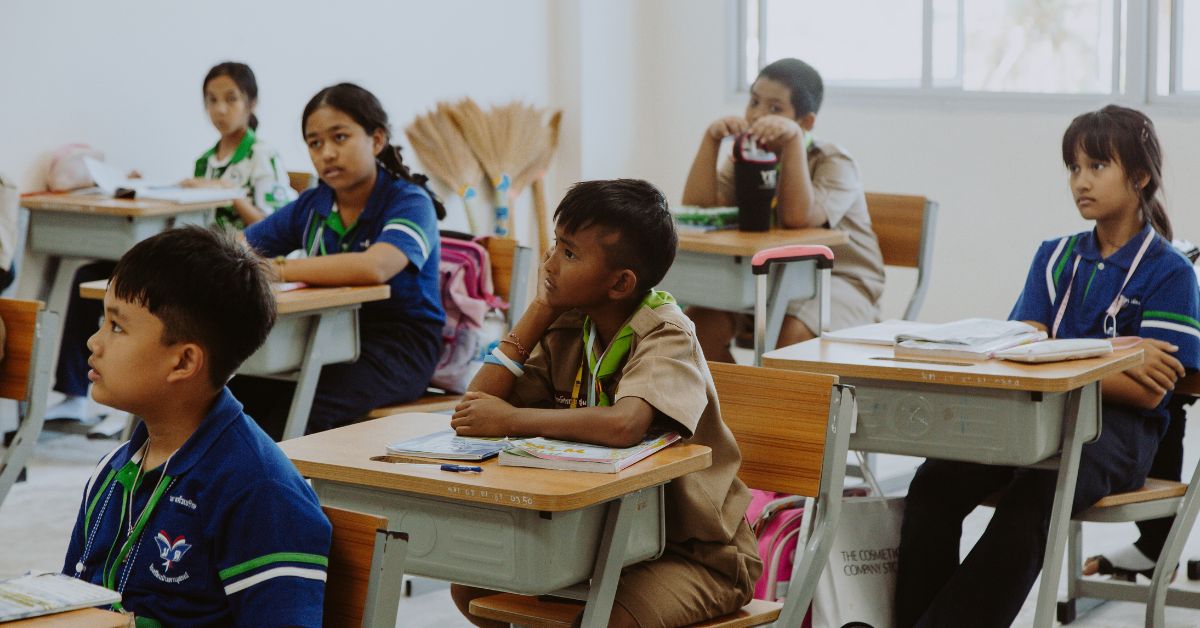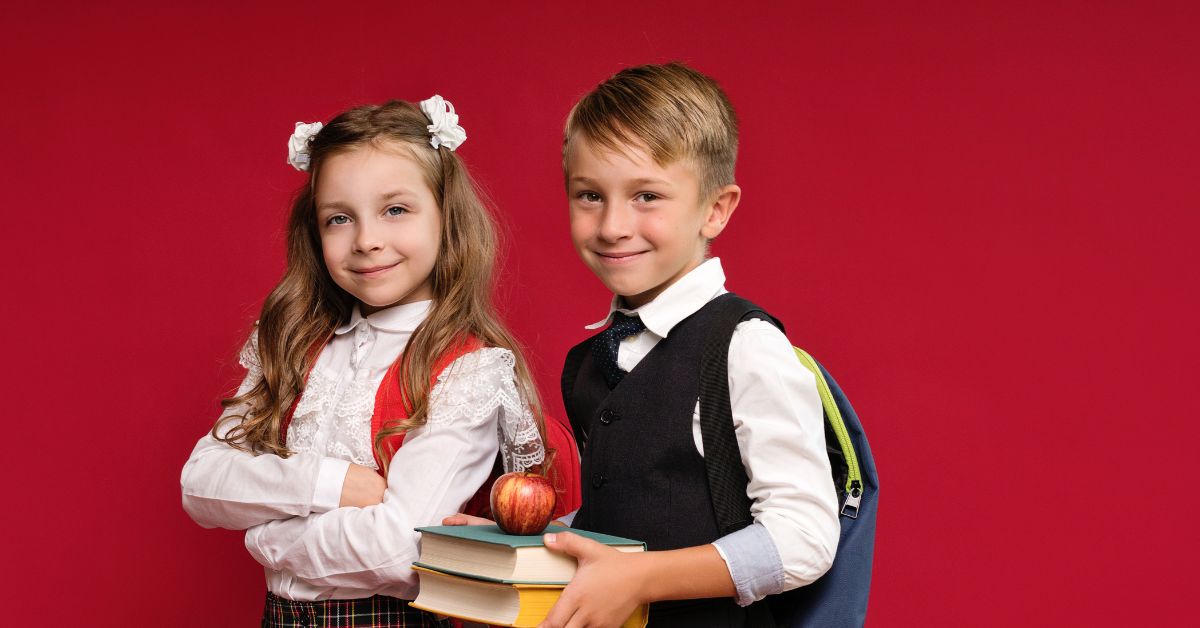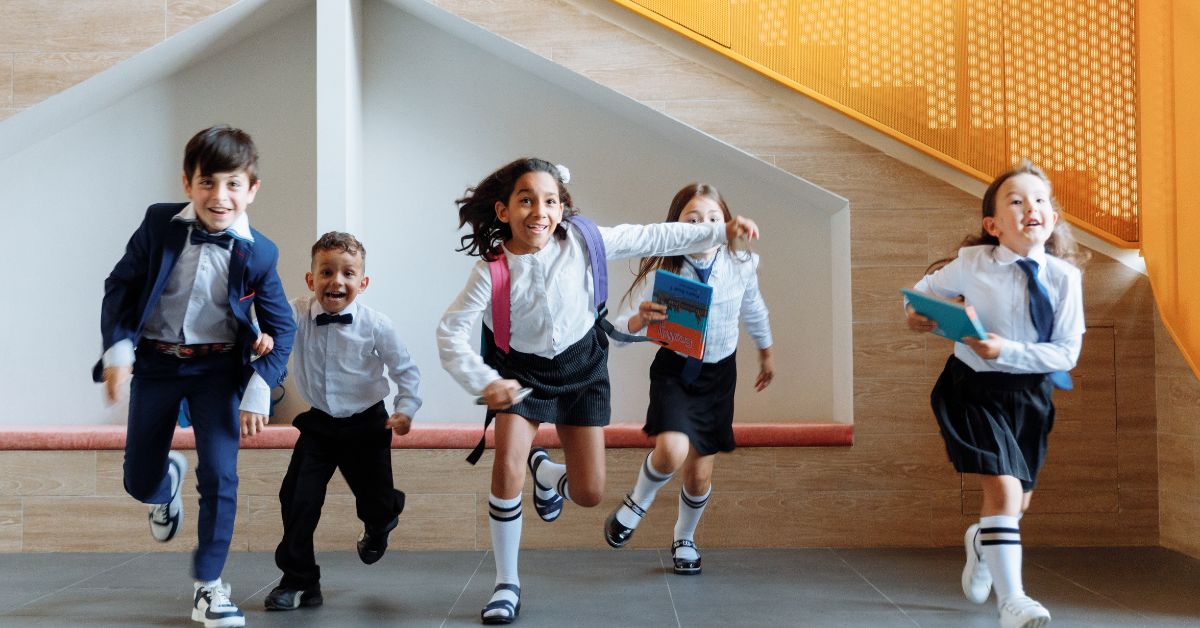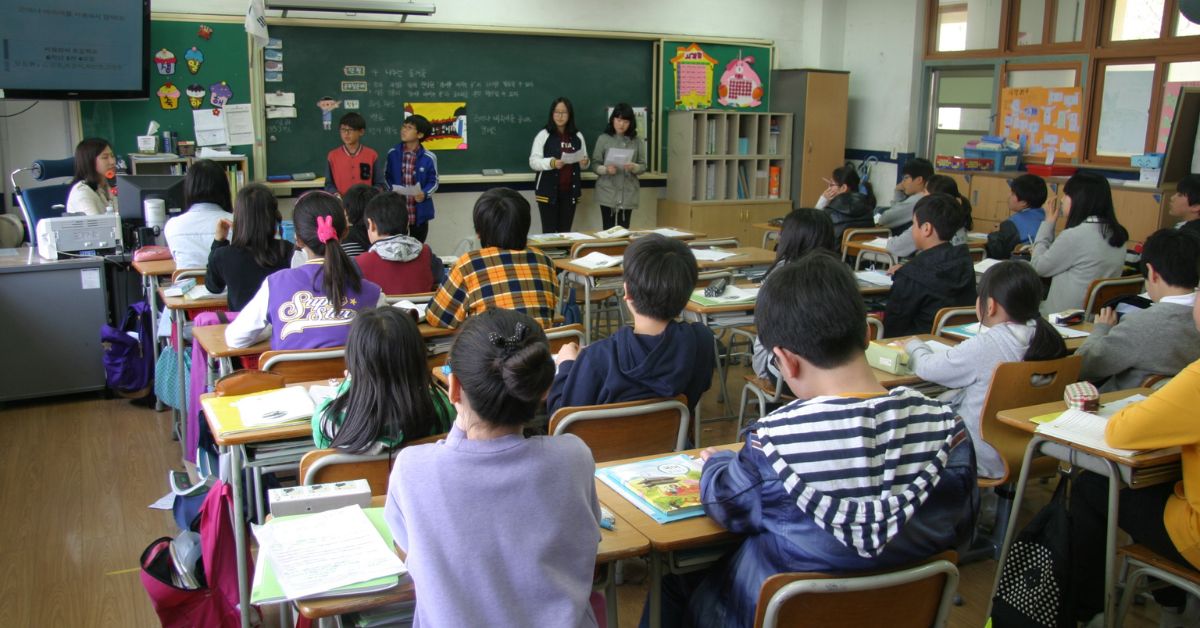What if school felt more like a place of joy and purpose—rather than pressure and stress? In Vermont, many educators are trying to answer that question by transforming the way learning feels. From creative projects and student-led learning to stronger relationships and community partnerships, something refreshing is happening in classrooms across the state.
Vermont is showing that joy in education isn’t just possible—it’s powerful.
Why Joy Matters in Learning
Joy isn’t just a “nice-to-have” in school. It’s essential.
When students feel happy, safe, and supported, they’re more likely to be curious, motivated, and engaged. Brain science even backs this up—positive emotions help students learn better, solve problems more easily, and remember information longer.
But in many parts of the country, joy has been squeezed out of education by constant testing, tight schedules, and pressure to perform. Vermont educators are taking a different approach: they’re putting joy back at the center of learning.
What Vermont Is Doing Differently
Let’s look at a few key ways Vermont educators are bringing joy into their classrooms—and why it’s working.
1. Student Voice and Choice
Vermont schools are known for giving students more freedom to explore what they care about. From creating personal learning plans to choosing project topics, students often help decide what and how they learn. This builds excitement and ownership—two big ingredients for joyful learning.
Example: At one Vermont middle school, students chose to study bees. They built bee boxes, researched pollination, and presented their findings to local farmers. It wasn’t just science—it was real, exciting, and full of purpose.
2. Hands-On, Real-Life Learning
Many Vermont teachers design lessons that connect with the real world. Students might grow food in a school garden, work with local artists, or help with a town project. This kind of learning feels meaningful—and fun.
Example: A high school history class studied immigration by interviewing local refugees and creating a digital story map. Students weren’t just reading about history—they were living it.
3. Community and Connection
Joy grows when students feel like they belong. Vermont educators build strong relationships, small learning communities, and supportive spaces. Teachers know their students well—and students feel seen, heard, and respected.
Example: Some schools begin each day with a morning circle where students share thoughts, goals, or even jokes. These small routines build trust and help everyone feel part of the group.
4. Focus on the Whole Child
Vermont education doesn’t just focus on academics. It supports mental health, emotional growth, and physical well-being. Many schools include mindfulness, outdoor learning, and creative arts—all of which reduce stress and boost joy.
Example: A rural elementary school takes “wellness walks” every week where students explore nature trails and talk about what they’re grateful for. It’s a calm, joyful break from the regular day.
Joy Doesn’t Mean Easy
Let’s be clear—joyful learning isn’t about making school easier or less serious. In fact, joyful classrooms often set high expectations. But instead of pushing students with fear or pressure, Vermont educators pull students forward with encouragement and curiosity.
A joyful class can still include tough math problems, complex books, or deep science experiments. The difference is how those lessons are delivered—with care, creativity, and a sense of wonder.
What Students Are Saying
When asked what makes learning joyful, Vermont students often mention:
- Getting to work on things that matter
- Feeling respected by teachers
- Being allowed to be themselves
- Making real change in their communities
- Laughing, playing, and feeling free to try new things
A high school junior said it perfectly:
“When I know my teacher believes in me, and I get to learn something real—I don’t want to stop.”
How Other Schools Can Learn from Vermont
You don’t have to be in Vermont to make learning joyful. Here are a few takeaways any school can try:
- Give students more voice and choice
- Build strong relationships with and among students
- Use the community as a learning partner
- Make space for play, art, and movement
- Focus on what brings students alive—not just what gets them through the day
Joy Helps Everyone Thrive
When joy is part of learning, everyone benefits. Students feel more motivated. Teachers feel more fulfilled. Families see kids who are eager to share what they learned. And communities grow stronger as schools become centers of creativity and care.
At a time when burnout and disconnection are rising, joyful learning offers a hopeful path forward. Vermont educators are showing what’s possible when we treat joy as essential—not extra.
Bringing joy into the classroom isn’t a distraction from serious learning—it’s the spark that makes deep learning possible. Vermont’s example reminds us that when students feel joy, they don’t just do better in school—they believe in themselves, in each other, and in the future.

